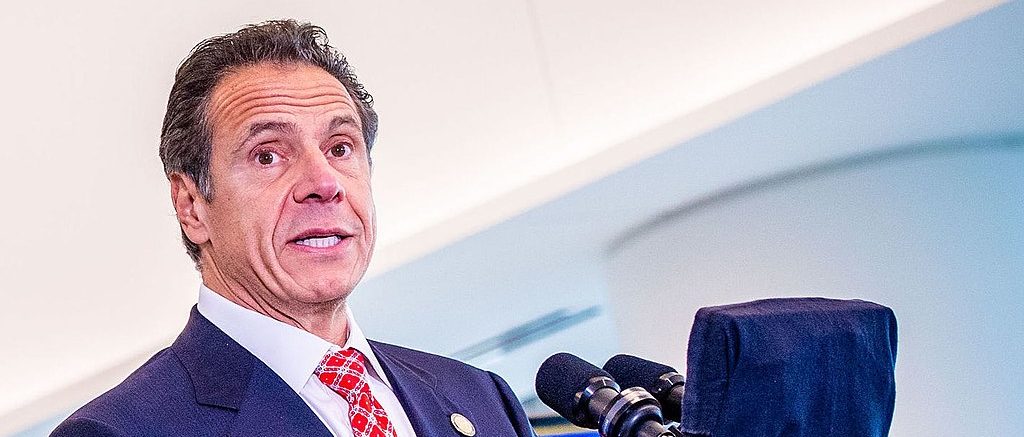Unlocking Africa's Potential: Why Private Finance for Development Needs a Reality Check

The Sustainable Development Goals (SDGs) are facing a stark reality: with less than a fifth of targets on track to be met by 2030, the pressure is on to accelerate progress. Discussions at recent gatherings, like the one in Seville, frequently highlight the need for increased financial support for Africa, with many arguing for a boost in both public and private investment. However, the current situation paints a different picture – Africa is receiving insufficient amounts of both.
The allure of private finance for development (PFD) is undeniable. It promises to leverage the vast resources and expertise of the private sector to address critical development challenges, from infrastructure gaps and climate change to healthcare and education. Yet, the reality often falls short of the hype. The ‘chimera’ of PFD, as some have termed it, lies in the persistent gap between aspiration and effective implementation.
The Challenges of Private Investment in Africa
Several factors contribute to this shortfall. Firstly, perceived risks associated with investing in African markets remain high. Political instability, regulatory uncertainty, and corruption concerns can deter investors, particularly those seeking stable, long-term returns. While risk mitigation instruments exist, they are often complex and expensive, further limiting their accessibility for smaller projects.
Secondly, the transaction costs of PFD deals can be significantly higher than those for public finance. Due diligence, legal fees, and structuring costs can eat into project profitability, making investments less attractive. This is especially true for smaller-scale projects that have the potential to deliver significant local impact.
Thirdly, the alignment of private sector interests with development objectives is not always straightforward. While impact investing is gaining traction, the primary motivation for most private investors remains financial returns. Ensuring that PFD projects genuinely contribute to sustainable development requires careful design and robust monitoring mechanisms.
Moving Beyond the Chimera: A Path Forward
So, how can we move beyond the chimera of PFD and unlock its true potential for Africa’s development? Several key steps are crucial:
- Strengthening Governance and Reducing Risk: Governments need to prioritize transparent governance, regulatory reforms, and efforts to combat corruption. This will build investor confidence and reduce perceived risks.
- De-risking Instruments: Expanding access to risk mitigation tools, such as guarantees and insurance, is essential. These instruments can help offset potential losses and make projects more financially viable.
- Streamlining Transaction Costs: Simplifying regulatory processes, reducing bureaucratic hurdles, and providing technical assistance to project developers can significantly lower transaction costs.
- Blended Finance: Combining public and private finance, known as blended finance, can be a powerful tool. Public funds can be used to de-risk projects and attract private investment, creating a virtuous cycle of funding.
- Focusing on Impact Measurement: Robust impact measurement frameworks are needed to ensure that PFD projects are delivering tangible development outcomes. This will not only attract impact investors but also enhance the credibility of the entire sector.
Africa’s development trajectory hinges on mobilizing all available resources, both public and private. While PFD holds immense promise, realizing its potential requires a realistic assessment of the challenges and a concerted effort to create an enabling environment that attracts responsible and impactful investment. The time for empty gestures is over; it’s time for concrete action.





